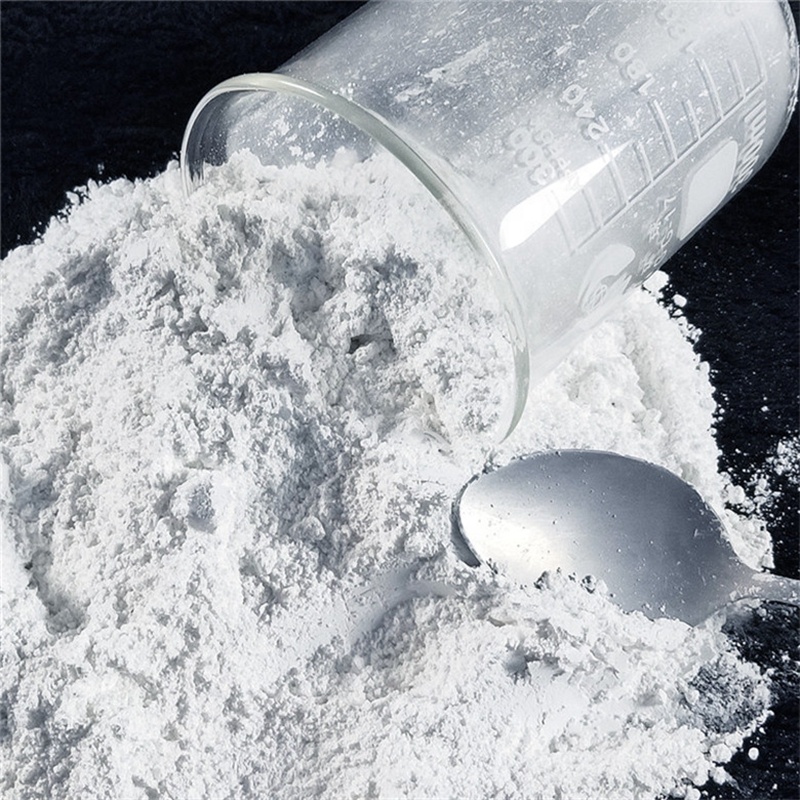I. Primary Consideration: End Use
The end use is the starting point for all decisions and directly determines the specific requirements for subsequent indicators.
High-Safety Applications (Direct Human Contact):
Cosmetics: Such as talcum powder, foundation, eyeshadow, and blush. These applications demand the highest safety standards for raw materials, ensuring absolute safety.
Food and Pharmaceuticals: Examples include tablet coating agents, food additives (e.g., anti-sticking agents for chewing gum and candy), and health products.
Industrial Functional Applications (as Fillers for Material Modification):
Plastics Industry: Talcum powder used to enhance the rigidity, heat resistance, and dimensional stability of plastic products.
Coatings Industry: Serves as a filler and weighting agent, affecting the suspension, leveling, and gloss of coatings.
Paper Industry: Talcum powder used for paper filling and coating to improve whiteness, smoothness, and printability.
Rubber Industry: Talcum powder acts as a filler to improve processing performance and product hardness.
Ceramics Industry: Serves as a raw material for products such as insulators and ceramic glazes.

II. Core Indicators Based on Application
Once the specific application is identified, the following indicators must be prioritized:
1. Safety and Hygiene Indicators (for Cosmetic, Food, and Pharmaceutical Grades)
This is a non-negotiable basic requirement!
Asbestos Content: Must be zero! Asbestos is a recognized potent carcinogen. When procuring, suppliers must provide an asbestos-free certificate issued by an authoritative third-party testing agency (e.g., SGS or CTI). This is the most critical prerequisite.
Heavy Metal Content: Harmful heavy metals such as lead, arsenic, mercury, and cadmium must strictly comply with relevant standards (e.g., China’s "Safety and Technical Standards for Cosmetics" or "Food Additive Standards").
Microbial Limits: Total bacterial count, mold, and yeast must meet standards, and pathogenic bacteria (e.g., Staphylococcus aureus and Pseudomonas aeruginosa) must not be detected.
2. Physical Indicators (Affecting Product Performance and User Experience)
Fineness (Mesh Number or Particle Size D97): A higher mesh number indicates finer particles.
High fineness (e.g., 1250 mesh and above): Provides a smoother texture, suitable for high-end cosmetics, precision plastic modification, and high-performance coatings.
Medium to low fineness (e.g., 800 mesh): Commonly used for general fillers, papermaking, rubber, and other fields.
Whiteness and Color: Directly impact the appearance of the final product. High-end cosmetics and paper coatings require talcum powder with high whiteness (≥90%).
Texture and Oil Absorption: Cosmetic-grade talcum powder must have a fine and smooth texture. Oil absorption affects its dispersibility and dosage in coatings and plastics.

